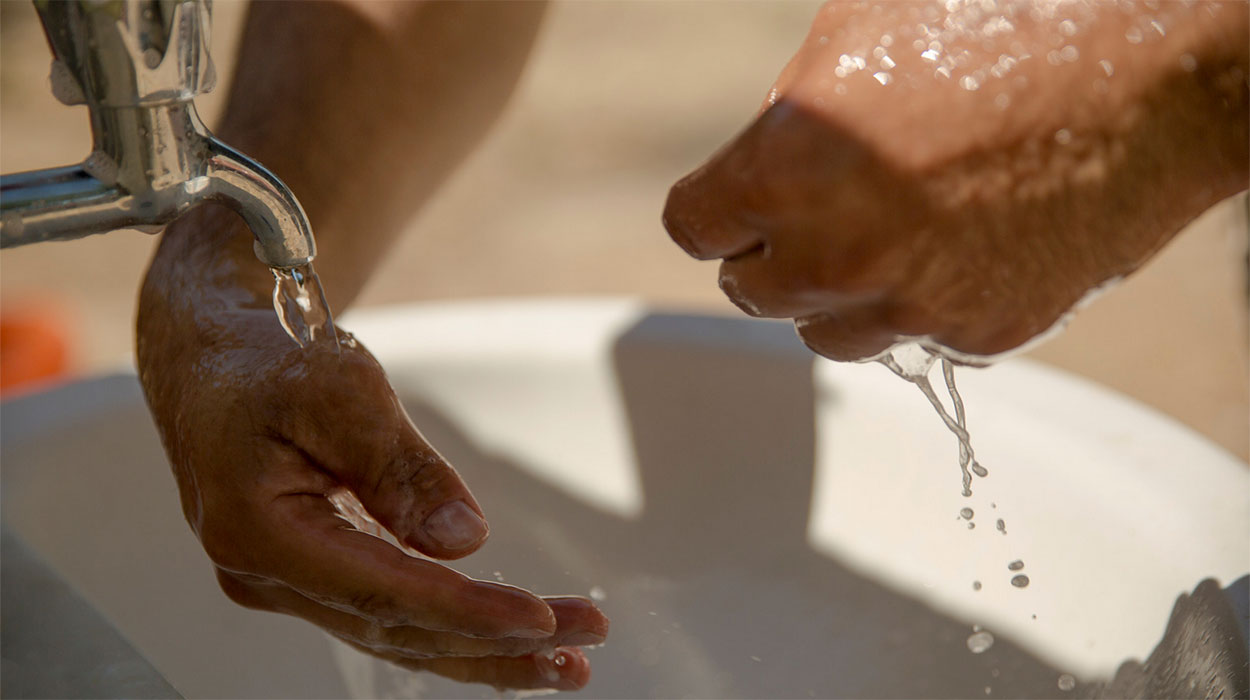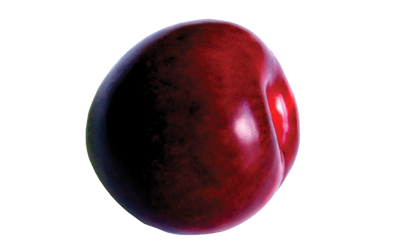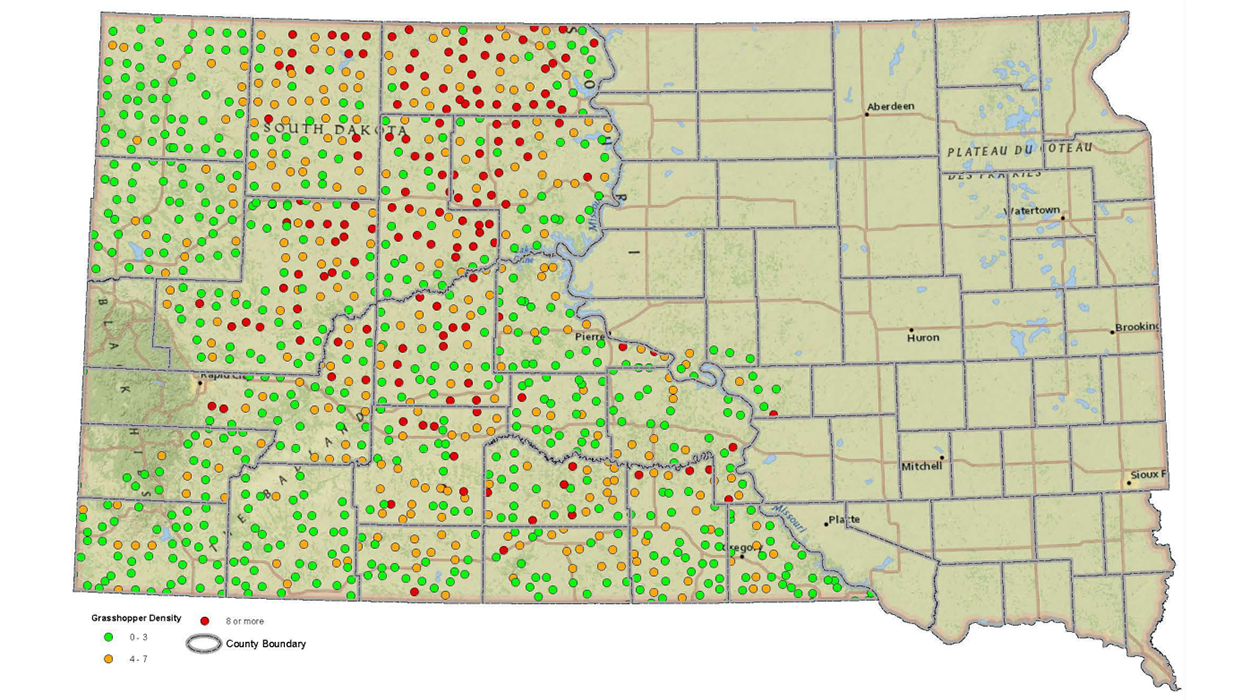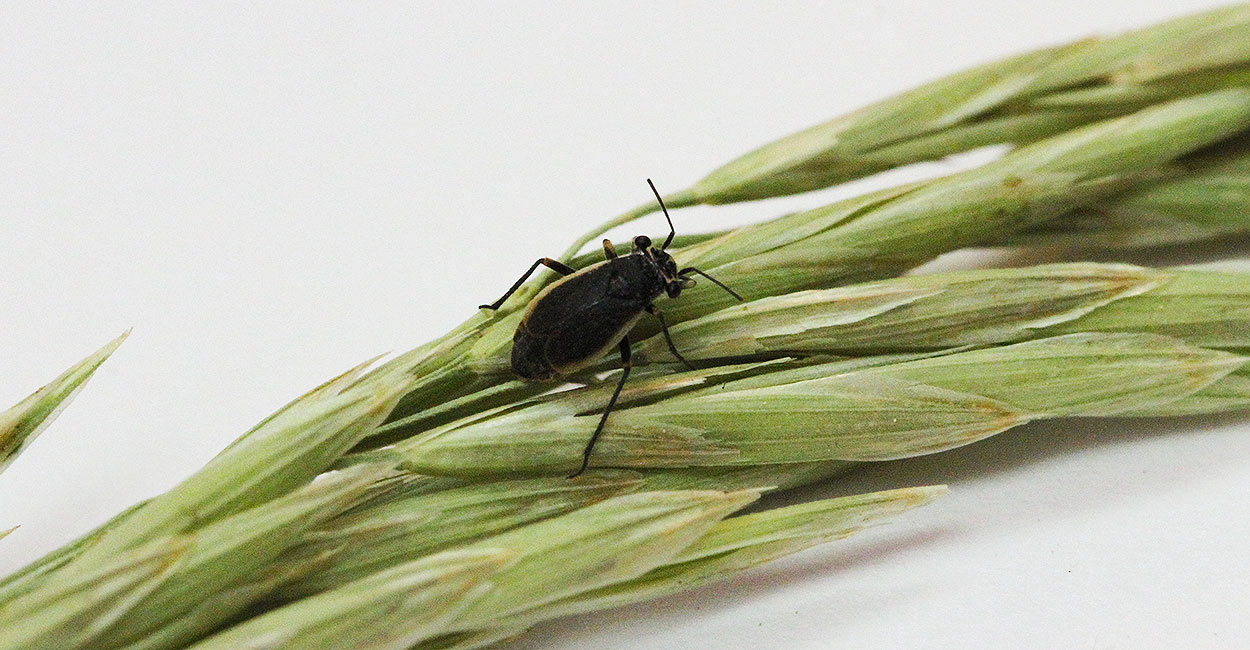Search

Solar Drying Fruit and Vegetables
Fact sheet on solar drying fruits and vegetables

Temporary Hand Washing Stations at Farmer's Market, Food Stands, in the Field
Fact sheet on temporary hand washing stations

Drying Plums
Fact sheet on drying plums

Drying Chokecherries
Fact sheet on drying chokecherries

Using Dried Corn
Fact sheet on ways to use dried corn

An identification guide for Alfalfa Insect Pests in South Dakota
Pictorial guide for common insect pests of alfalfa in South Dakota

An identification guide for Sorghum Insect Pests in South Dakota
Pictorial guide for common insect pests of sorghum in South Dakota.

South Dakota Grasshopper Prediction for 2022
Data from the 2021 USDA Adult Grasshopper Survey of South Dakota suggests that grasshopper populations may continue to be problem in parts of central and western South Dakota during the spring of 2022.

Black Grass Bugs May Cause Issues if Drought Persists
In western South Dakota, black grass bugs are a common spring forage pest that can cause considerable damage during periods of drought. Learn how to monitor and manage this pest to protect your forages this spring.